
Presents the true story of Shannen Koostachin and the people of Attawapiskat, a Cree community just below the Arctic Circle, who have been fighting for a new school since 1979, when a fuel spill contaminated their original school building.

Presents the true story of Shannen Koostachin and the people of Attawapiskat, a Cree community just below the Arctic Circle, who have been fighting for a new school since 1979, when a fuel spill contaminated their original school building.
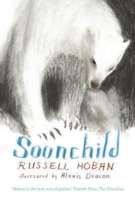
In the cold north, when Sixteen-Face John, a shaman, learns that his first child, a soonchild, cannot hear the World Songs that inspire all newborns from their mother’s wombs, he sets out on a quest that takes him through many lifetimes and many shape-shifts, as well as encounters with beasts, demons and a mysterious benevolent owl spirit, Ukpika, who is linked to John’s past.
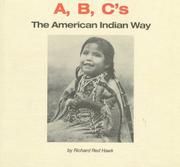
Presents the letters from A to Z, using each letter to introduce the culture, customs, and history of the North American Indians.
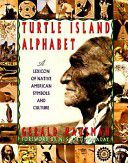
Gerald Hausman has spent more than 20 years studying, collecting, and narrating Native American stories. In a collection of symbols and images central to Native American culture, he offers a lyrical, poetic work which reaffirms the view that Native Americans once held of the land. Illustrations.
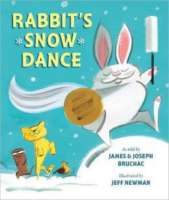
A hip and hilarious fable perfect for wintertime
Rabbit loves the winter. He knows a dance, using a traditional Iroquois drum and song, to make it snow–even in springtime! The other animals of the forest don’t want early snow, but Rabbit doesn’t listen to them. Instead, he sings and dances until more and more snow falls. But how much snow is too much, and will Rabbit know when to stop?
This stylish and oh-so-funny story is a modern take on a traditional Native American fable from master storytellers Joseph and James Bruchac.

The image of a Native American on horseback has become ingrained in the American consciousness. But the Plains Indians and the horse were not always inseparable. Once, Native Americans used dogs to help carry their goods, and even after the Spaniards introduced the horse to the Americas, horses were considered so valuable that the Spanish would not allow the Indians to have them. But soon horses escaped from Spanish settlements, and Native Americans quickly learned how valuable the horse could be as a hunting mount, beast of burden, and military steed. Follow the story of this transformative partnership, starting in the early sixteenth century and continuing today.
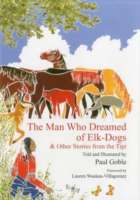
The story of how horses first appeared to the tribes of the American Plains. In his final collection of “stories from the tipi,” Goble features a collection of 23 traditional stories from the Blackfoot, Lakota, Assiniboin, Pawnee, and Cheyenne nations. This book features a foreword by Lauren “Candy” Waukau-Villagomez, an educator and author of works on the oral traditions and storytelling of the North American tribes.
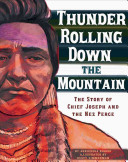
“In graphic novel format, explores the battles and hardships faced by Chief Joseph and the Nez Perce when they were forced to leave their homelands”–Provided by publisher.
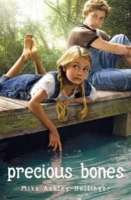
In 1949 in the Florida Everglades, a ten-year-old girl called Bones, whose father is part Miccosukee Indian, tries to discover what really happened when he is accused of two murders and sent to jail.
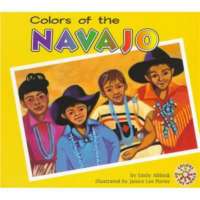
Uses colors to focus on the history, culture, and physical surroundings of the Navajo Indians.